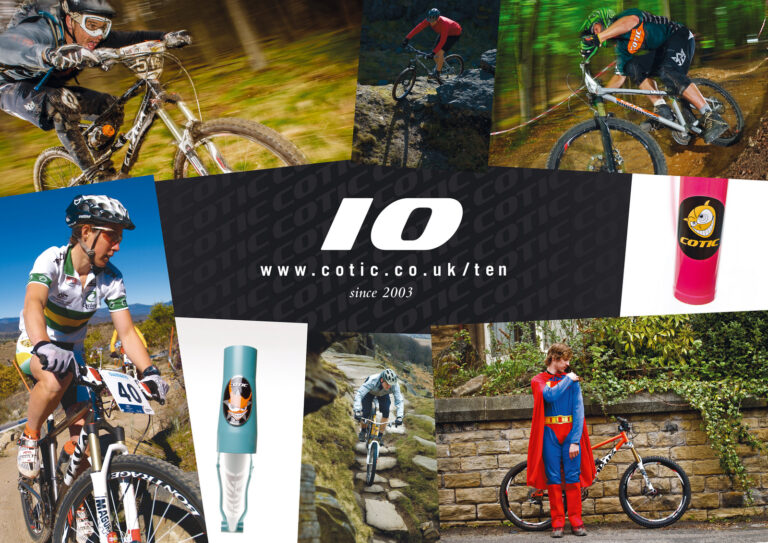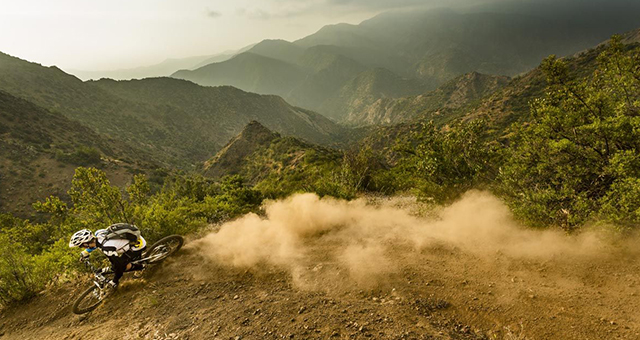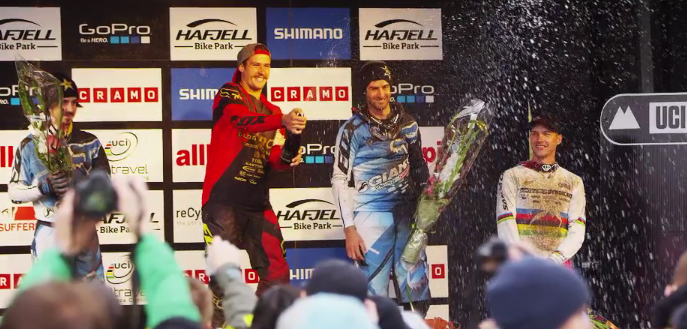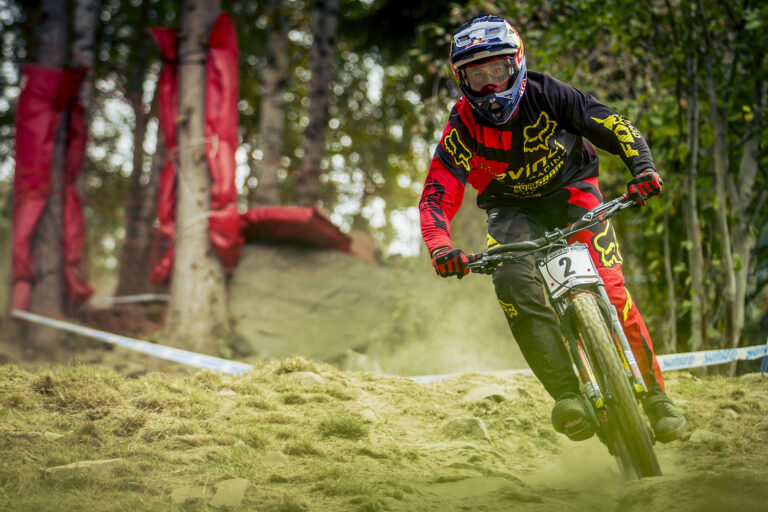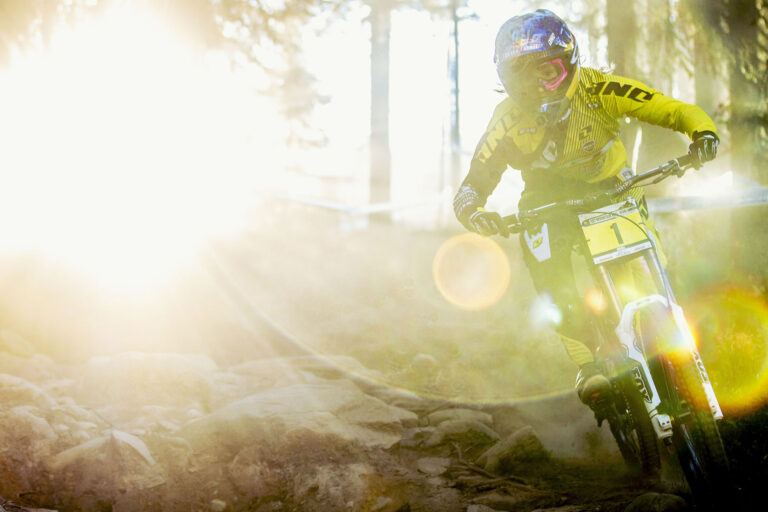Darren Roberts from Peak Performance Fitness has just written the second part of this excellent series of articles based around the recovery of Dan Atherton from his shoulder injury. If you missed part one you can catch that here, plus Darren has also started an account of Taylor Vernon’s come back from a serious back injury, and you’ll find that here. Enough chat though, here’s part two…
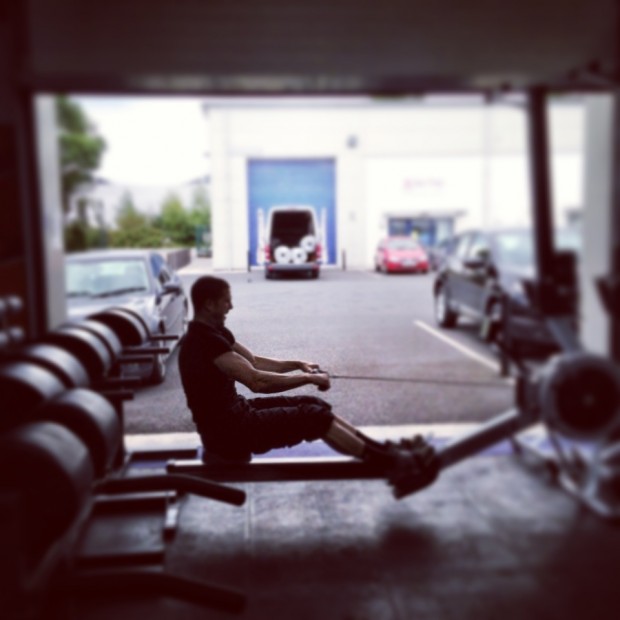
Dan starts his rehab – in the days before the operation.
If at all possible, you want to manage an injury conservatively – this means non surgically. No operation is completely without risk, and as soon as a surgeon puts a scalpel to an athlete there is no going back. Of course we mitigate against those risks by using the best surgeons with the best facilities, this reduces the risk to almost nothing. With Dan, surgery was unavoidable – the tears were not going to fix themselves. Another dislocation was going to result in more catastrophic damage along with a much more comprehensive surgical repair and the extended recovery time that goes with it.
Knowing this, Athy’s rehab started before he’d even had the operation. The goal is to ensure you head into theatre as strong and as fit as possible. Quite often athletes detrain for a period through inactivity because of injury – until the decision is made as to how to move forward. This means they are operated on in an already detrained state, meaning that post op they’re even more detrained which simply creates more work in the return to sport process. For Dan, he was smashed in the gym in the days before the operation.
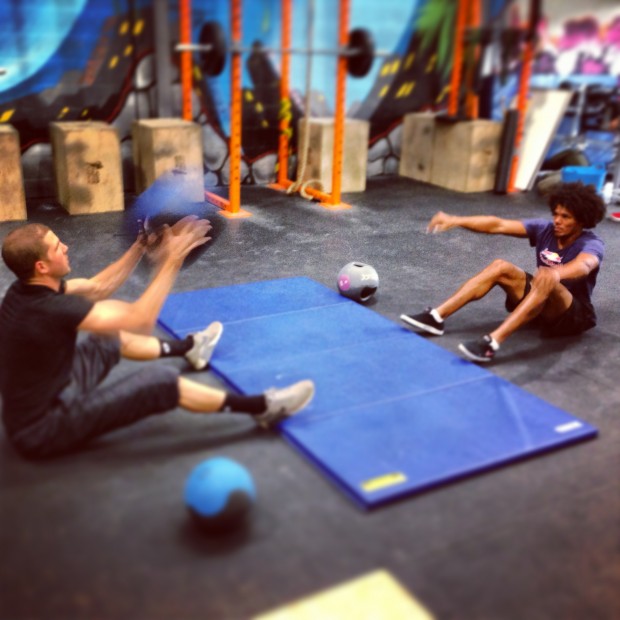

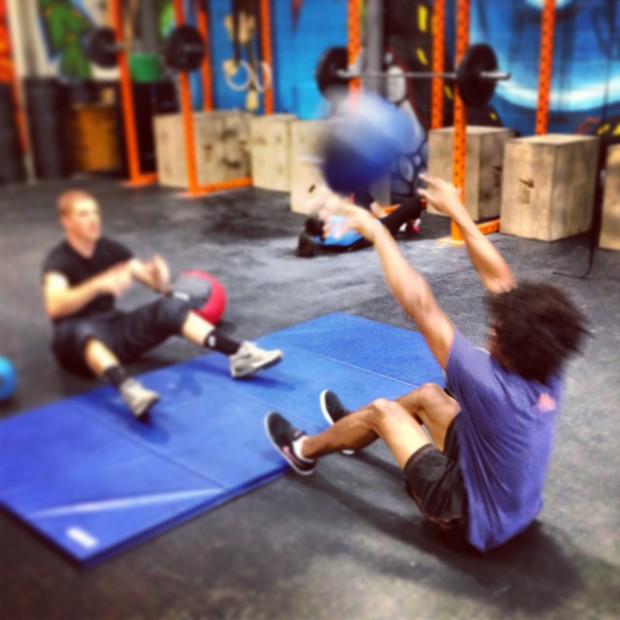
Dan trains with me and pro skateboarder Korahn Gayle the day before his operation
A standard protocol for rehab from a Bankarts repair might look something like this;
- 3 weeks – In a sling, keep wounds clean, active assisted movement in safe zone
- 3-6 weeks – Wean off sling, progress active assisted range of movement, scapular stabilisation exercises
- 6-12 weeks – Regain scapular control, increase ROM, strengthen, increase proprioception with open and closes chain exercises, sports specific training
- 12-18 weeks – Staged return to sport
The plans of course are much more detailed than that – but broadly it will look something as described above. Dan is currently just 3 weeks post op, but he’s at week 6 on his rehab plan.
Clearly this is a massively accelerated programme – however that is what we’re experts in and what we’re here to do. Dan wants to return to fitness as soon as possible and that’s what we’re doing, but not unduly so. Something to explain now is ‘staged return to sport’, for athletes in teams sports like football & rugby this means playing in the reserves building match fitness. Then coming on for ‘x’ minutes in a first team game. For Athy, there is no reserve team or simply turning up to an enduro and only doing part of it. So myself and Alan Milway will have to be creative when it comes to the RTS part. End stage rehab and RTS is very tricky due to the volume and intensity – of course more on that when we get there.
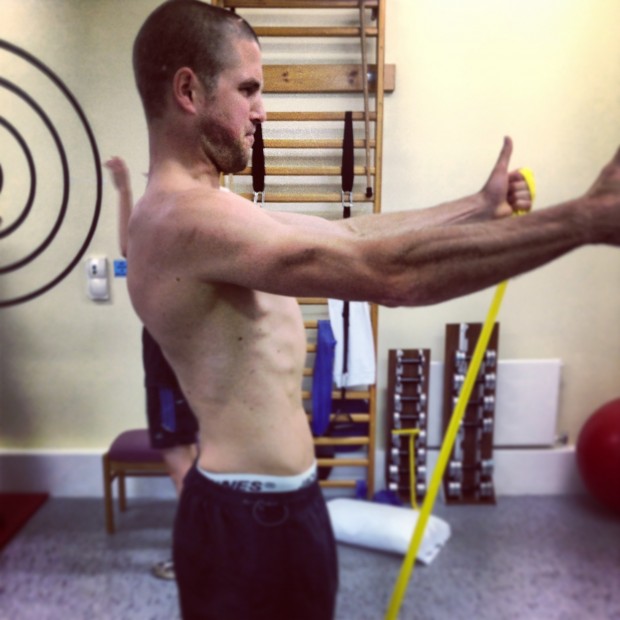

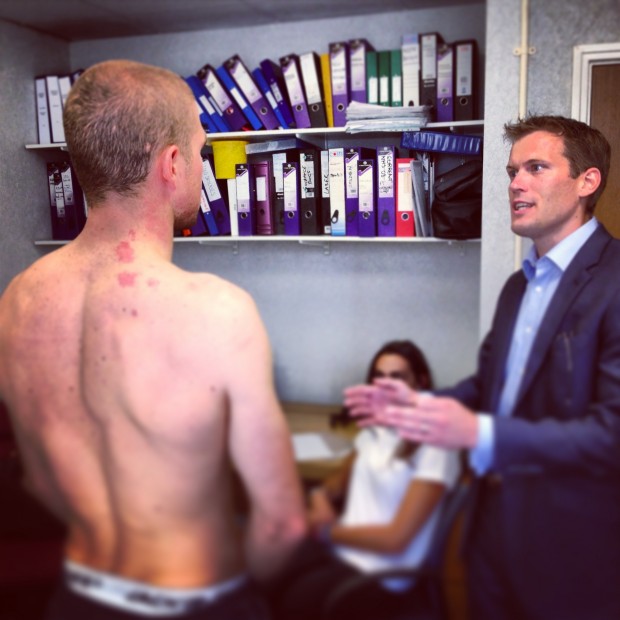
At 2 1/2 weeks post op, Dan has a review with surgeon Dr Mike Walton and of course physio Doug Jones. We are pushing the limit of what’s possible in terms of timescales with Dan’s shoulder – but it’s being done under the strictest of supervision. Anyone trying to do this accelerated programme themselves would end up back in hospital.
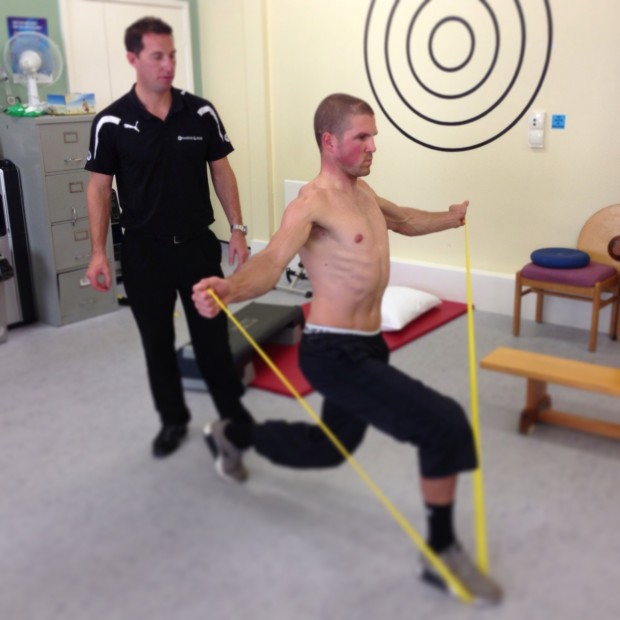
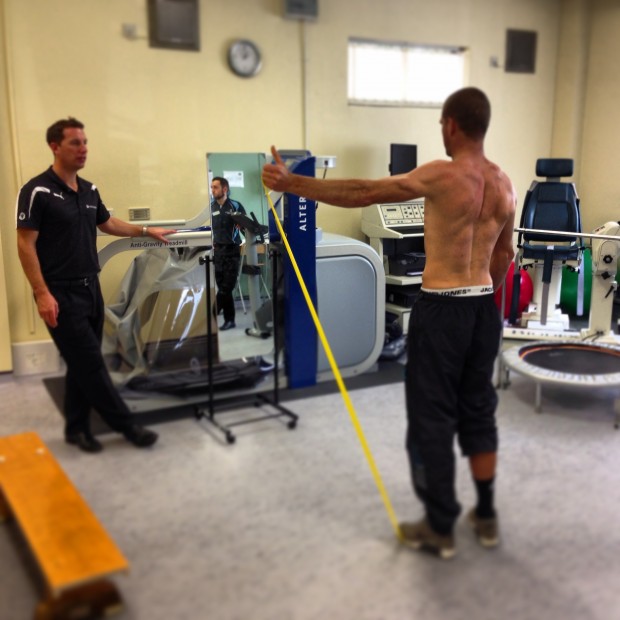
Getting Dan’s shoulder back under control and ensuring the muscles around his scapular are working.
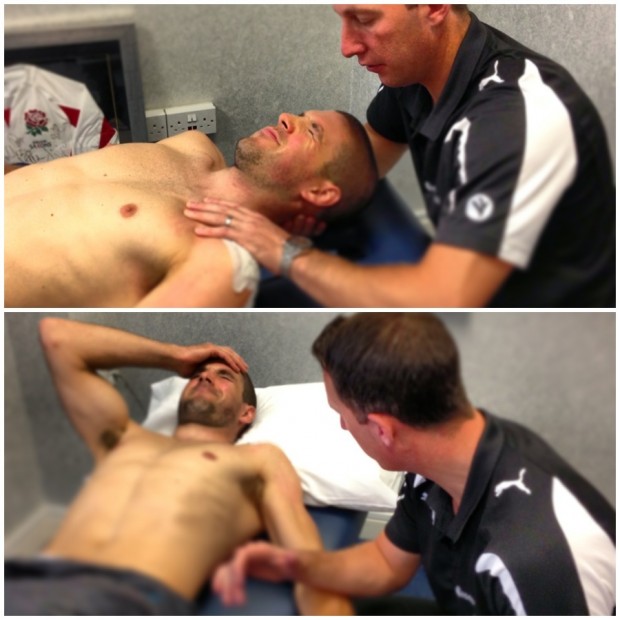
Receiving manipulation from Doug – pain!
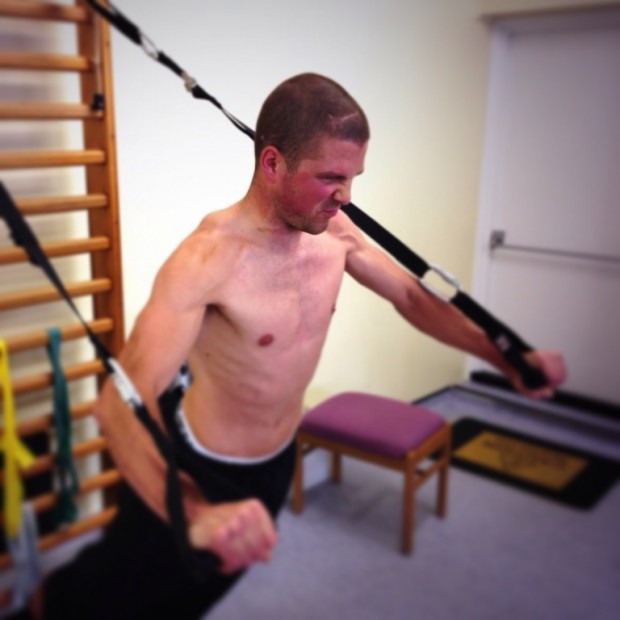
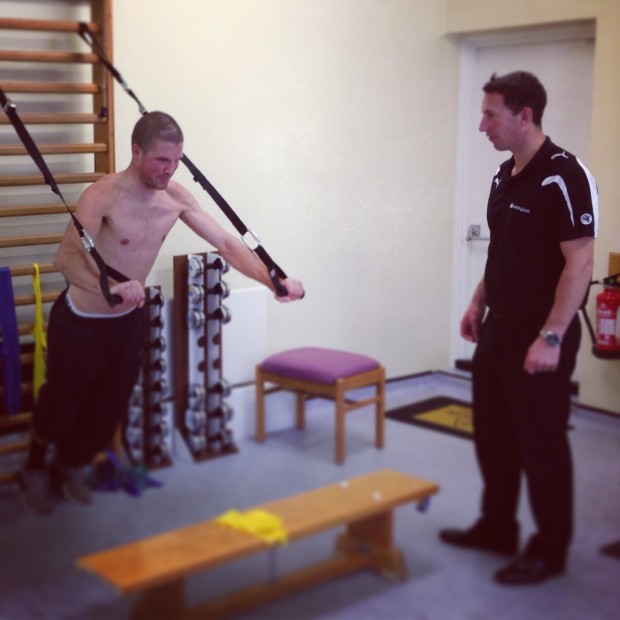
Challenging Dan’s shoulder using an FKPro
Obviously there’s only so much you can do in a gym with rubber bands, which is why we also use things like an FKPro to challenge movement and build strength. There’s also another vital tool in the performance tool box to ensure Dan doesn’t detrain whilst working his shoulder – the pool. The pool is an underused and vital tool – it may seem like it’s a nice session to go and have a splash about. But it soon becomes a performance playground of pain and misery for the athlete!
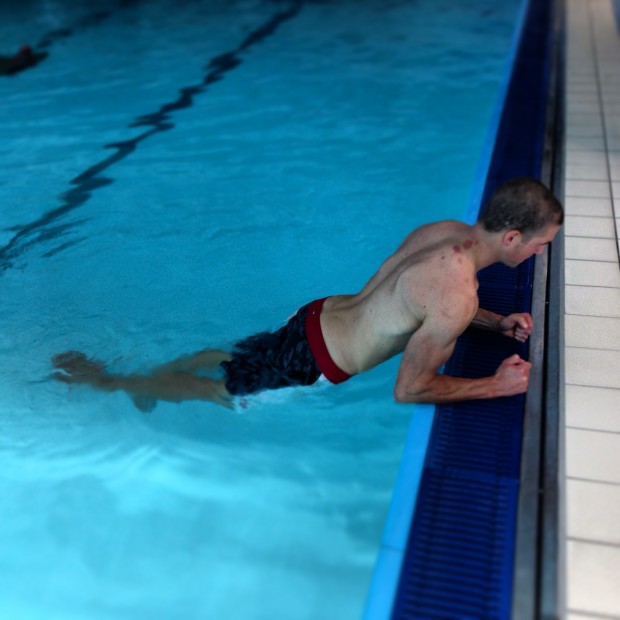
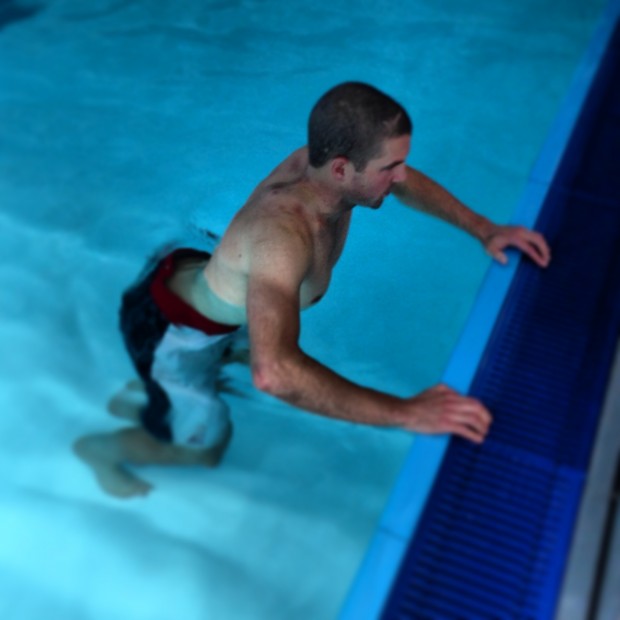

The water allows Dan to use his whole body, without putting his whole bodyweight through his shoulder.
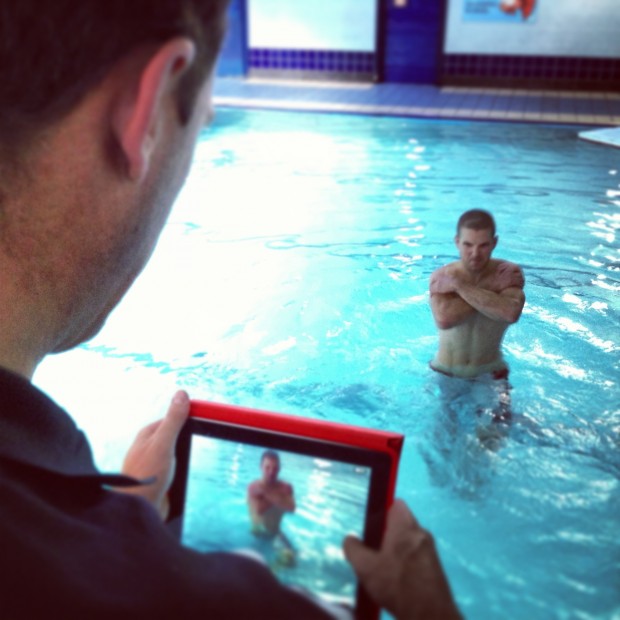
We film as much as we can, to feedback to the athlete and also provide reference points to look back on and compare.
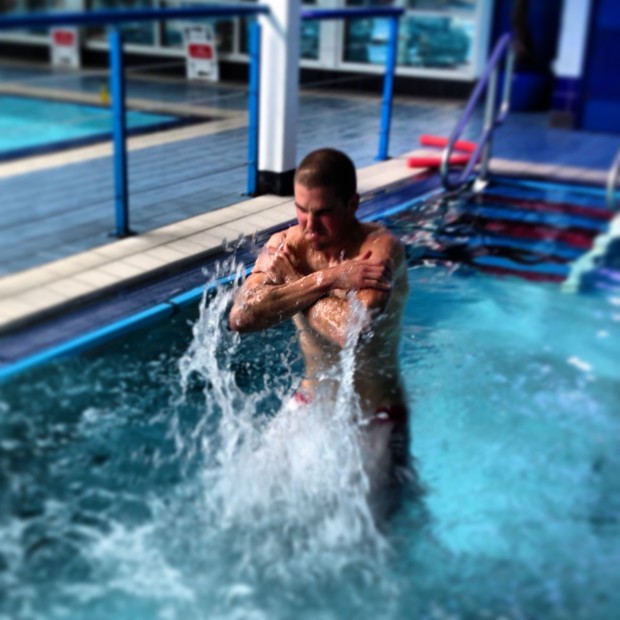
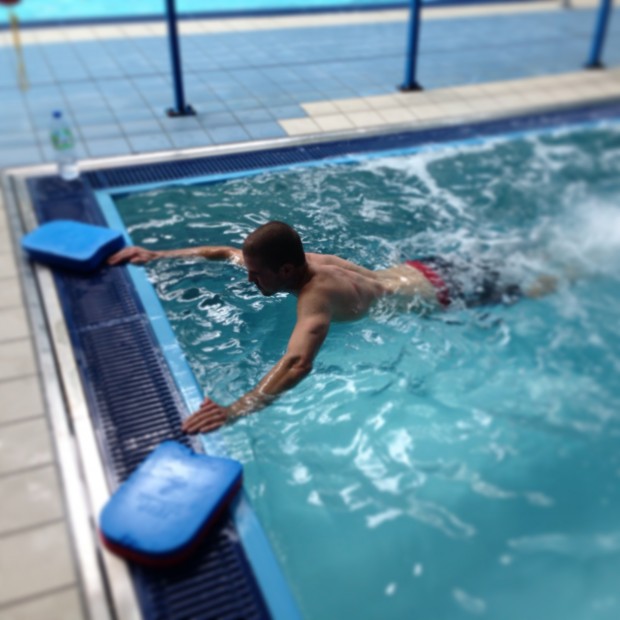
Explosive plyometric jumps and simple leg kicks – try these yourself in a pool, they are not pleasant.

Challenging the shoulders and trunk by maintaing a position in the water
As mentioned – this is an incredibly accelerated programme, due to the strictest of supervision and of course Dan’s peak physical condition pre-op. It may seem like we’re being overly aggressive, however we’re taking the utmost care not to overstep the mark and Dan’s feedback is vital in this. Dan is an incredibly experienced athlete, he knows his own body extremely well. He knows the difference between pain, muscles soreness or something else – so his feedback is absolutely vital. With a young and inexperienced athlete there is the danger of ‘under reporting’ – they’re in pain but don’t say anything or simply tell themselves to get on with it. Or they mistake the discomfort of healing and rehab as something else, so the training is backed off needlessly. Would we push so hard with a younger less experienced athlete? Maybe not, but we’d still be way ahead of the curve of a normal recovery time. Dan also has the perfect mindset for this type of thing, you tell him what to do and he follows it to the letter. Some athletes fall into the trap of doing a combination of what they like and what they think they should do – then wonder why they’re not improving. So with Athy we have a perfect storm of an athlete in excellent pre op physical condition, massive experience to feedback accurately, mindset of steel and of course a team around him to execute the accelerated rehab plan.
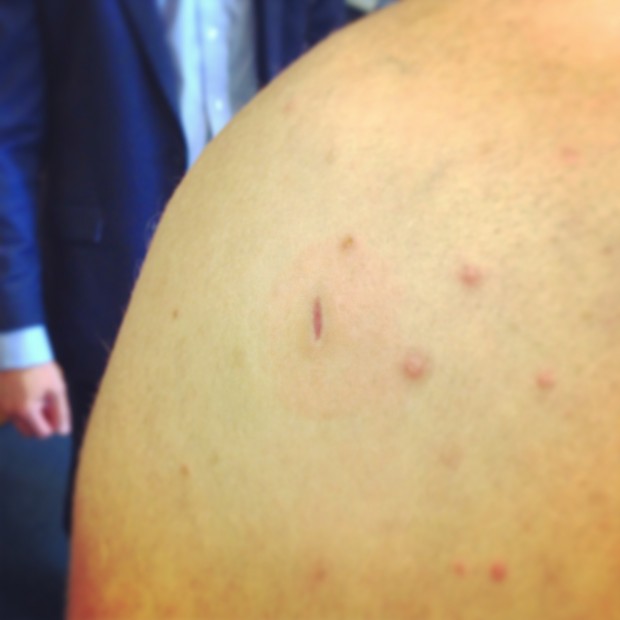
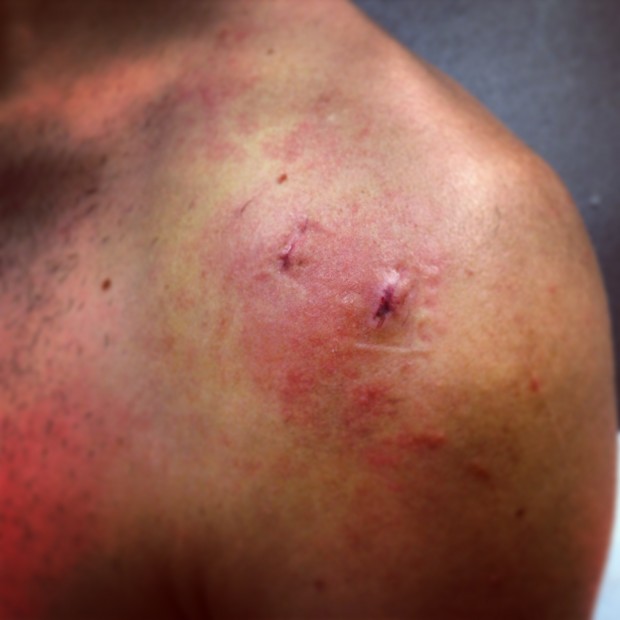
2 1/2 weeks post op – You’d be pushed to tell which is the op scar and which is a zit! The skill of surgeon Mike Walton
Every athlete is different, and every injury is unique to that athlete. However when an athlete commits to the process as Dan has, great things are possible. I’ve asked Team fitness coach Alan Milway to write up Dan’s training programme as if nothing is wrong with his shoulder. It’s better to write a normal training programme, which will need some tweaks than try and build a new programme from the ground up constantly thinking about his shoulder. With a normal training programme written, you’ll probably find 90% of it will remain unchanged. As I’m sat typing this at almost exactly the 3 week post op point, I know Athy is smashing himself on the turbo. From this point on, it doesn’t get easier – Athy just works harder and gets stronger….



